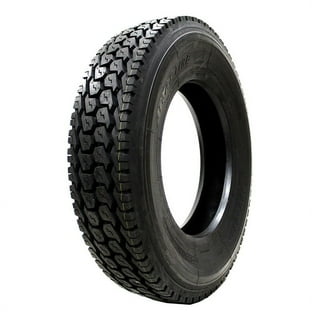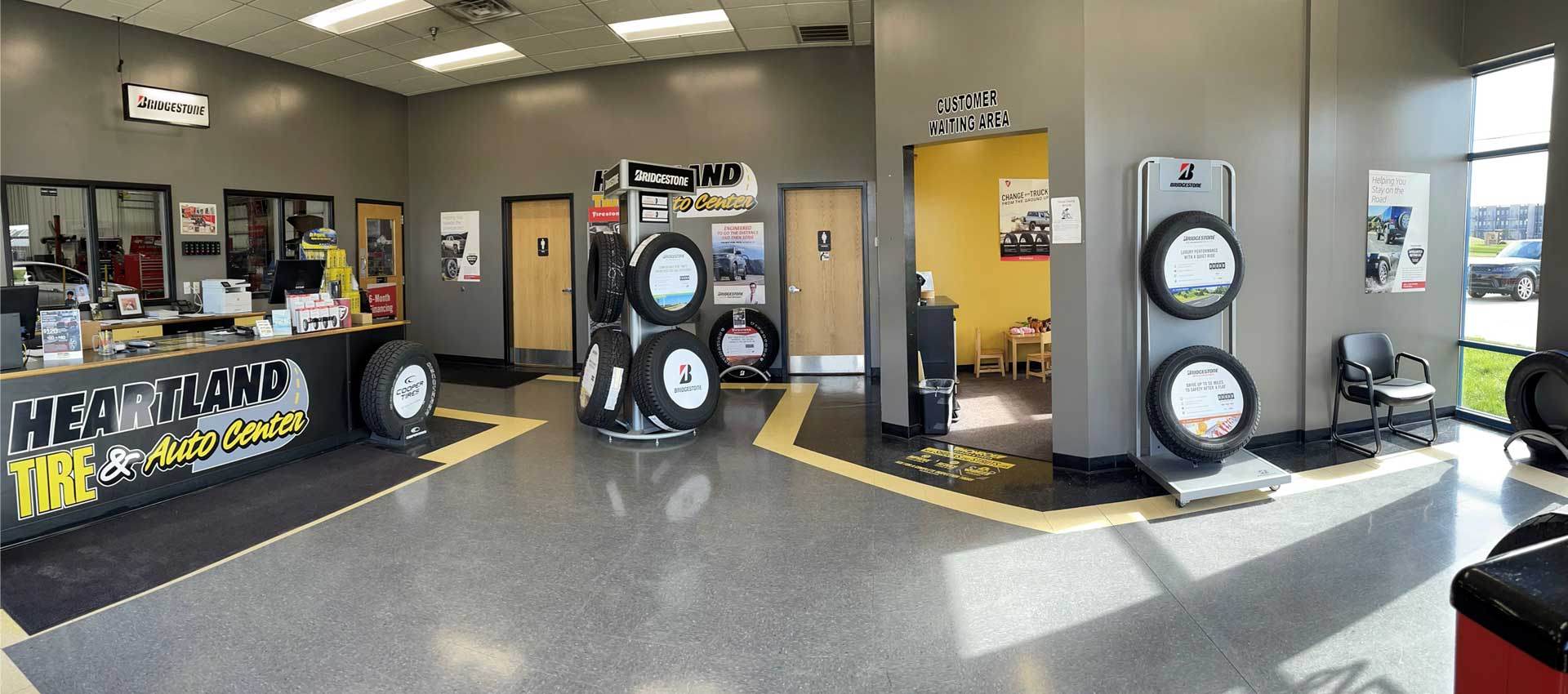Tire Solution: The Impact of Weather
When it comes to guaranteeing optimal performance and security on the road, recognizing the effect of weather conditions on tire solution is crucial. In this conversation, we will certainly explore the intricate partnership between climate conditions and tire service, shedding light on the value of weather-specific tire maintenance methods and factors to consider.
Warm and Tire Performance
When subjected to heats, tires experience adjustments in performance that can substantially influence vehicle safety and handling. The heat generated from long term driving or warm weather condition problems triggers the tire rubber to soften, leading to lowered tread life and increased wear. As the rubber ends up being softer, the tire's grip when driving lessens, impacting braking distances and general grip. In severe situations, excessive heat can even create tire blowouts, presenting an extreme security threat to the automobile and its occupants.
In addition, high temperatures can increase the process of tire aging, creating the rubber to wear away extra rapidly. To reduce the results of warm on tire performance, chauffeurs must routinely check their tire pressure, revolve tires to guarantee also wear, and check for any kind of signs of damages.
Winter Effects
Winter problems can have a significant effect on tire performance and security. As temperature levels decrease, tire rubber can harden, causing lowered traction on icy or snow-covered roads. In winter, tires may likewise shed air stress more rapidly, which can affect dealing with and gas performance. Furthermore, cold temperatures can trigger tire sidewalls to stiffen, raising the risk of damage from fractures or other road threats.
To mitigate the results of winter on tires, it is critical to on a regular basis inspect tire stress and inflate them to the maker's advised levels. Utilizing wintertime or all-season tires designed for cool weather problems can likewise improve grip and hold on icy or snowy roads - tires morris il. Correct tire upkeep, consisting of normal evaluations for wear and damages, comes to be much more essential throughout colder months to guarantee ideal performance and safety
Rainy Issues Impact
Tires with damaged footsteps are much more vulnerable to hydroplaning, where a layer of water constructs up between the tire and the roadway surface, leading to loss of grip. To fight this, drivers should on a regular basis examine their tires for appropriate tread depth and think about investing in tires especially made for damp conditions.

Snow and Tire Safety And Security
Snow-covered roadways pose one-of-a-kind obstacles for chauffeurs, highlighting the value of correct tire selection and maintenance. When driving in snowy problems, having the best tires can make a significant difference in security and performance. Wintertime tires are created with special rubber substances and walk patterns to offer far better grip on snow and ice contrasted to all-season tires. The much deeper treads and sipes of winter tires aid grasp the road much better, decreasing the risk of slipping and sliding.
In addition to using wintertime tires, it tires morris il is important to guarantee they are appropriately inflated. Winter can cause tire pressure to go down, impacting traction and handling (tire shop morris). Consistently inspecting and maintaining the right tire pressure is vital for optimal performance in snowy conditions

Weather-Related Tire Maintenance
When confronted with numerous weather, correct tire upkeep ends up being a vital aspect of automobile safety and efficiency. Weather-related tire upkeep includes a series of methods targeted at ensuring optimum tire function and durability in different weather scenarios. One essential element of weather-related tire upkeep is tire pressure policy. Fluctuating temperatures can trigger tire stress to vary, affecting traction and fuel efficiency. Regularly checking and adjusting tire pressure according to maker recommendations is important for safe driving in transforming weather condition conditions. In addition, tire tread deepness plays a substantial duty in handling various climate elements. Tires with adequate walk deepness supply far better grasp on damp or icy roadways, decreasing the threat of hydroplaning or skidding. When tread wear reaches a certain deepness is vital for preserving traction and stability in adverse climate, evaluating tire tread routinely and changing tires. By prioritizing weather-related tire maintenance, vehicle drivers can improve safety and security, improve vehicle efficiency, and lengthen the life-span of their tires.
Final Thought
In verdict, weather problems have a significant impact on tire performance and safety and security (tire shop morris). From warmth impacting tire pressure and put on to cold weather minimizing grip, it is vital to take into consideration the climate when maintaining and using tires.
In this conversation, we will certainly check out the complex relationship between weather condition problems and tire solution, losing light on the significance of weather-specific tire maintenance techniques and considerations.
